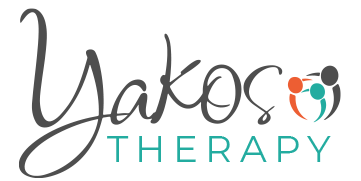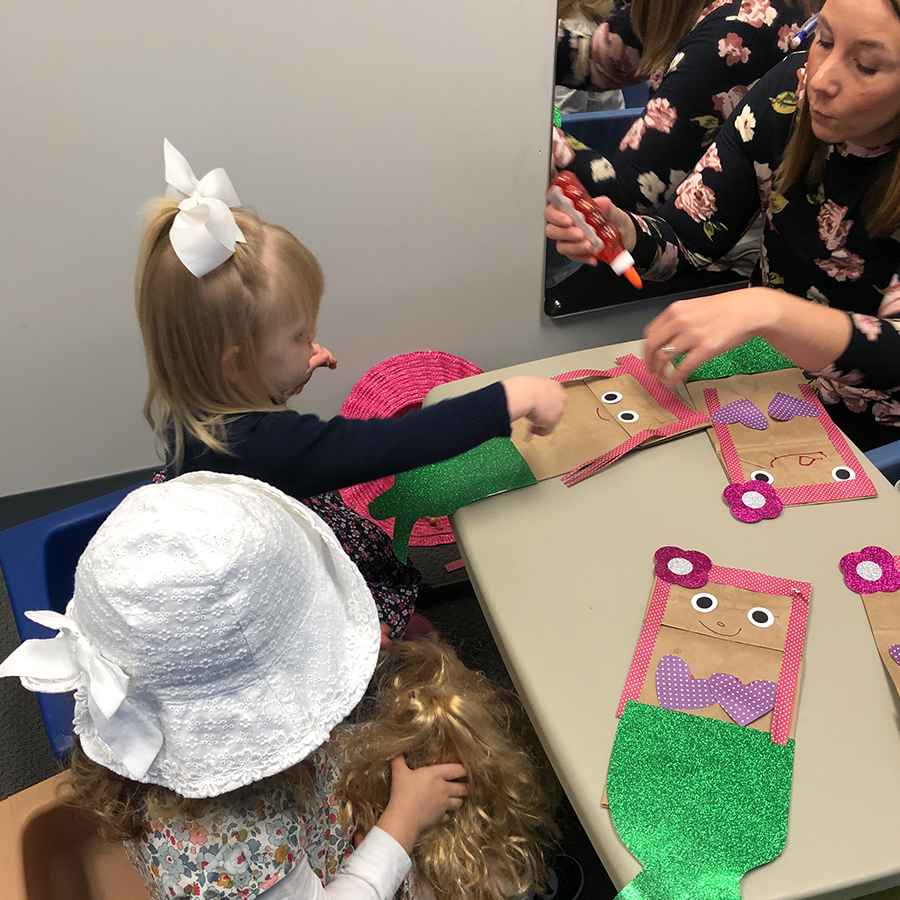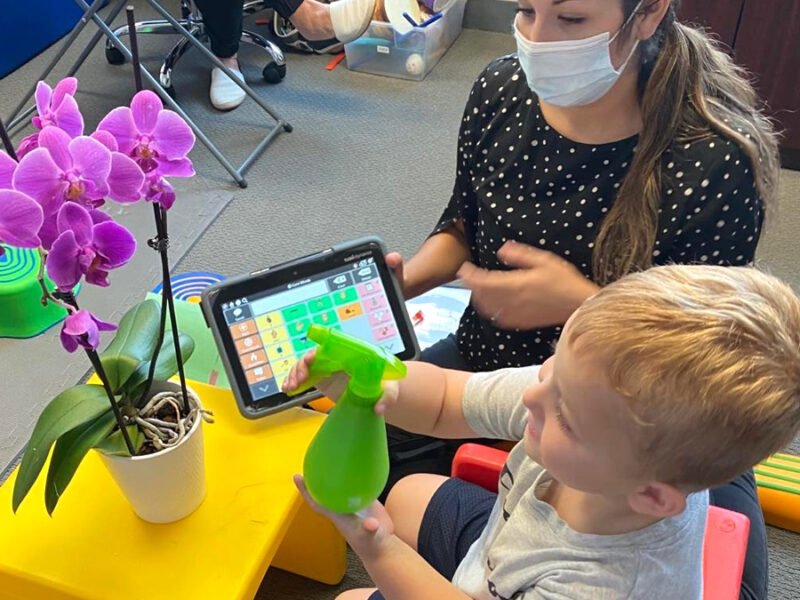According to the American Speech-Language-Hearing Association (ASHA), social communication is the use of language in a variety of social contexts and it involves social cognition, social interaction, pragmatics, and language processing. There are rules and guidelines for how we utilize language in various situations and with different people (e.g., informally with friends and family versus formally in a professional work environment). Some adults and children may have social communication disorders and speech-language pathologists (SLPs) are trained to provide effective therapy. In addition, SLPs and social workers can work collaboratively to treat social language.
Examples of Social Interaction
- Speech style and context
- Conflict resolution
- Social tasks (e.g., cooperative play)
- Social reasoning
- Politeness
- Code switching (alternating between two or more languages)
Examples of Social Cognition:
- Inference skills
- Emotional regulation, understanding, expression (e.g., regulating one’s emotional state while engaging in social interactions)
- Executive functioning (e.g., planning, organization, problem solving)
- Joint attention (e.g., sharing attention)
Examples of Pragmatics:
- Speech acts (e.g., comments, responses, requests, questions, demands, etc.)
- Communication intents
- Prosody/tone
- Conversation initiation/maintenance
- Turn-taking and ending conversations
- Communication breakdown and repair
- Body language, gestures, facial expressions
- Eye contact and gaze
Treatment Options for Social Language:
- SLPs are trained to provide effective therapy for social language deficits
- SLPs and social workers can work together to co-treat individuals with social language deficits
- Behavioral Interventions: teach new behaviors or modify existing behaviors, shaping behaviors through reinforcements and fading as behaviors are learned
- Peer-Implemented or Peer Groups: peers are included to model and facilitate social interactions and skills
- Social Stories: uses stories to explain social situations and help them learn appropriate social behaviors and responses
- Social Skills Groups: uses instruction, role play, and feedback to work on appropriate social interaction skills
- Social Scripts: visual or verbal scripts are used and gradually faded as individuals use more spontaneously
- Comic Strip Conversations: conversations between people while using simple drawings in comic strip format. These can be used to target problem solving, communicating feelings, conflict resolution, etc.
Resources
https://www.asha.org/public/speech/development/social-communication/
https://www.asha.org/practice-portal/clinical-topics/social-communication-disorder/#collapse_6



